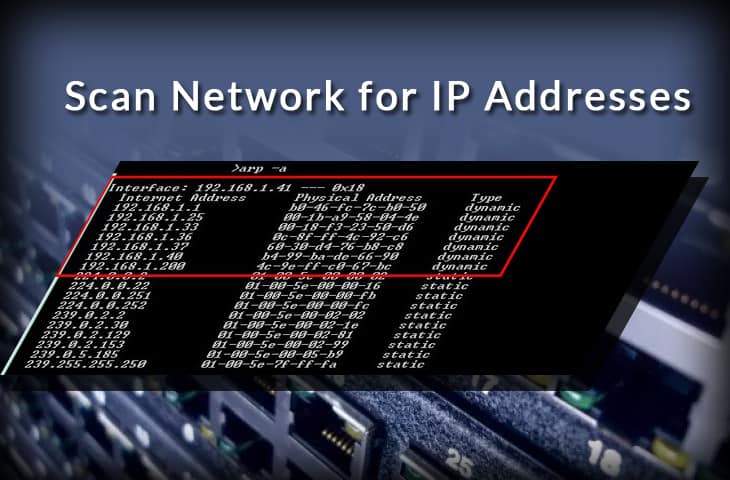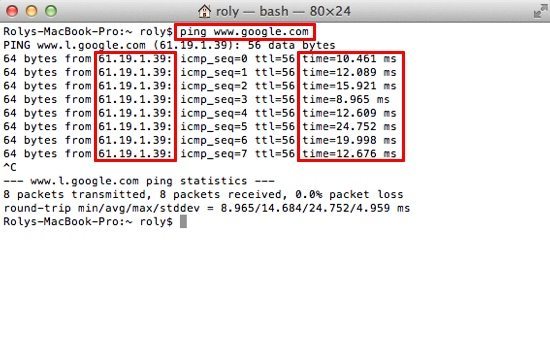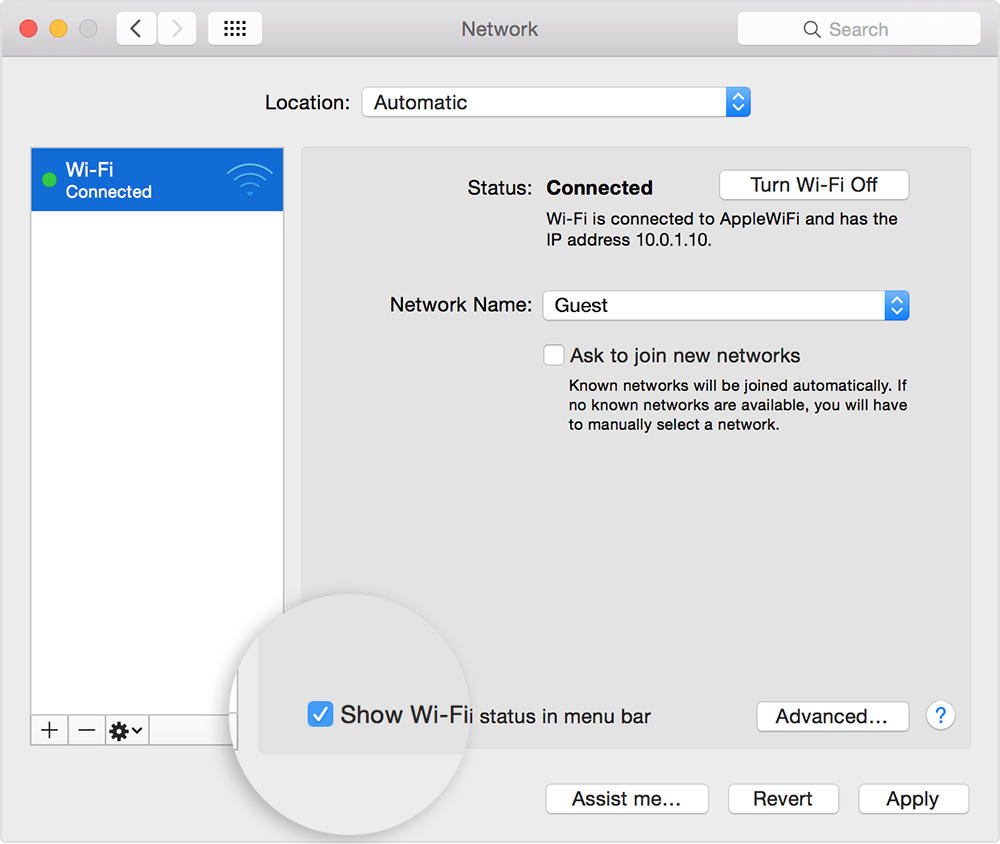Use Wi-Fi
- Searching For Networks On Macbook
- Searching For Networks On Mac Os
- Searching For Networks On Macbook Air
- Searching For Networks On Macbook Pro
Learn how to connect to an open, secure, or hidden Wi-Fi network. You can also create a new Wi-Fi network.
Connect to a Wi-Fi network
Click in the menu bar, then choose a network. If Wi-Fi is off, click , then select Turn Wi-Fi On.*
- On Windows 10, you can find this information more quickly than you could on previous.
- This can be used to get mac address for remote computers also. Below are few examples on how to use this command. It works on XP, Vista, Windows 7, Server 2003 and Server 2008 operating systems. Get mac addresses from CMD. Just run the command getmac to get the mac.
Diagnose Wi-Fi Connection Problems. A good place to start when looking at Wi-Fi problems on your. The Access Points, Clients, and Overview pages in the Meraki Dashboard all have search capabilities which enable an administrator to find or filter a list of APs or client devices with tremendous flexibility and ease.Any string can be entered; the Meraki cloud will attempt to match on that string across all available fields. For example, an administrator can search/filter by device description. Vpn Client Access Local Network And Vpn Client Cisco Mac Os X 10 10 is best in online store.
If you connect to a public Wi-Fi network, a window might appear with terms and conditions you're asked to agree to before you can connect.
Connect to a secure Wi-Fi network
Secure Wi-Fi networks are password-protected and have by their names.
- Click in the menu bar. If Wi-Fi is off, click , then choose Turn Wi-Fi On.*
- Choose a network.
- Enter the password, then click Join. If you don't know the password to the Wi-Fi network, contact the network administrator.
Connect to a hidden network
- Click in the menu bar. If Wi-Fi is off, choose , then choose Turn Wi-Fi On.*
- Choose Join Other Network.
- Enter the network name. Make sure you enter the network name correctly.
- If the network is secure, choose the Security type, then enter the password.
- Click Join.
Learn what to do if you can't connect to a hidden network.
Create a Wi-Fi network
If you have Internet service at your location, you can connect an AirPort base station or a third-party router to your modem to create a Wi-Fi network. Use the setup guide for your AirPort base station, or check your third-party router's manual for help.
* If you don't see the Wi-Fi icon in the menu bar, you can add it back. Choose Apple () menu > System Preferences, click Network, click Wi-Fi, then select 'Show Wi-Fi status in menu bar'.
Use Personal Hotspot
With most carrier plans, you can share the cellular data connection of your iPhone or iPad (Wi-Fi + Cellular) with your Mac.
Learn how to set up Personal Hotspot.
Use Ethernet
To connect to the Internet over a wired connection, connect an Ethernet cable between your router or modem and the Ethernet port on your Mac.
Some Macs require an Ethernet adapter like the Belkin USB-C to Gigabit Ethernet Adapter, or the Apple Thunderbolt to Gigabit Ethernet Adapter.
Learn more
- Use recommended settings for Wi-Fi routers and access points.
| Click here to return to the 'How to find devices on your local network' hint |
The output of the ifconfig command in the terminal will tell you the
broadcast address to use for each interface. For example:
en1: flags=8863<UP,BROADCAST,SMART,RUNNING,SIMPLEX,MULTICAST>
mtu 1500
inet 10.50.6.8 netmask 0xffffff00 broadcast 10.50.6.255

once you've executed the xxx.xxx.xxx.255 broadcast ping, type 'arp -a' and it will
show you a list of known IPs and their associated ethernet mac address. match
the ethernet mac address to the label that is most likely attached to the back/
side/bottom of your device, and you're done.
or if you have a recent build of nmap installed, you can use the following to scan the whole subnet:

nmap -sP 192.168.1.1/24substitute your IP range and subnet, of course.
2 questions. What if the device doesn't respond to ping. I can't tell you how
many times I've seen that. Also, what if you have a device that was configured
with a static IP on another network and then brought to yours and you don't
know what it's set to. If you know the MAC address, can you find it on the
network and configure it that way?
Jeff
If it doesn't respond to ping, you can still find the address like so:
This will ping every address in your subnet (Adjust the local address as needed, and if your block is larger than a /24 you'll have to modify the script accordingly) and then show every machine that responded to the arp request. Even if it doesn't respond to a ping, it'll respond to the arp request. The ping is just used to generate the arp request.
I've used this to locate APs that blocked pings by default.
Pardon my stupidity, but when I type that straight into terminal, I get '-bash:
255: No such file or directory' and when I put it in ultraping.sh and do a 'sh
ultraping.sh' I get 'ultraping.sh: line 2: 255: No such file or directory'. How do I
use your instructions and can I make it into a command line command script?
Thanks in advance.
Jeff
Searching For Networks On Macbook
Whoops. I make a mistake in my original post.
x=0
while [ $x -lt 255 ]; do
ping -c 1 192.168.1.$x &
x=$(expr $x + 1)
done
# Wait a few seconds for the pings above to finish
arp -a
Hopefully that works for people where my original didn't. :)
Searching For Networks On Mac Os
Ummm... I have Mac OS X 10.4.6 running and I tried the command and it works,
but it keeps looping? I don't get it. Can anyone help?

pings will keep going until you end it with <cntrl-c>
Aah. Simple. Many thanks!
if you type a -c# flag after the ping command it will only report back once, as in:
ping -c2 192.168.1.255
...as said, ctrl + C or – in Apples Terminal – Command + '.'
---
this is not the sig you`re looking for.

If you want to learn a little more about what is going on you might want to read
this page:
http://www.comptechdoc.org/independent/networking/guide/netbroadcasting.html
Knowing EVERYTHING about IP addressing was part of my CompTIA and MCSE
certifications.
Wow! You know everything about something? Great job! Now you just have to
learn not to tell people that ; )
With Static IPs, the broadcast address, as listed in the hint, most likely won't work. So you need to find your broadcast addy! Just type the following:
ifconfig -a
This gives a big list. Under either 'eth0' or 'lo0' you will find an entry like:
en0: flags...
...
inet xx.xx.173.212 netmask 0xffffffe0 broadcast xx.xx.173.223
...
That xx.xx.173.223 is my broadcast, and it does the trick when I ping it.
---
-Pie
Just to let everyone know. The address to ping on a AirPort network is 10.0.1.255.
Check the network panel of system prefrences to see your IP address and replace
the last digits with 255, as explained above.

http://www.macosxhints.com/article.php?story=20041010213347605
Just to clarify:
The amount of 255's must equal the number of 0's in the subnet mask. IE, if you
have a subnet mask of 255.255.255.0, the ping is x.x.x.255, if you have a subnet
mask of 255.255.0.0 the ping is x.x.255.255 and so on.
x=0
while [ '$x' -lt '255' ]; do
ping -c 1 10.0.0.$x &
x=$(expr $x + 1)
done
# Wait a few seconds for the pings above to finish
arp -a
Searching For Networks On Macbook Air
I believe the problem lies in the rather unique status this address range has. (A brief discussion of this may be found at http://www.duxcw.com/faq/network/autoip.htm).---
--
Searching For Networks On Macbook Pro
This won't find static IP address on your LAN, but it does give the NAMES of the devices it does find. Yeay for human readability! :)
